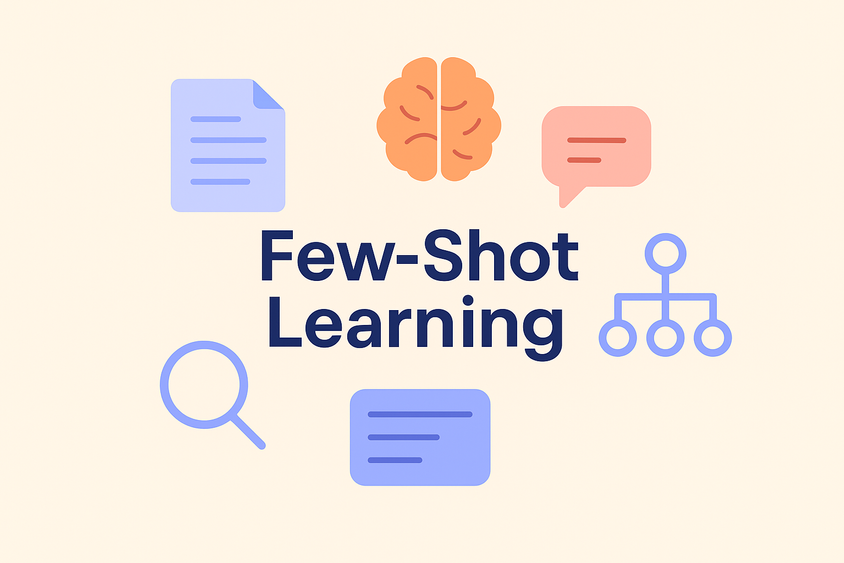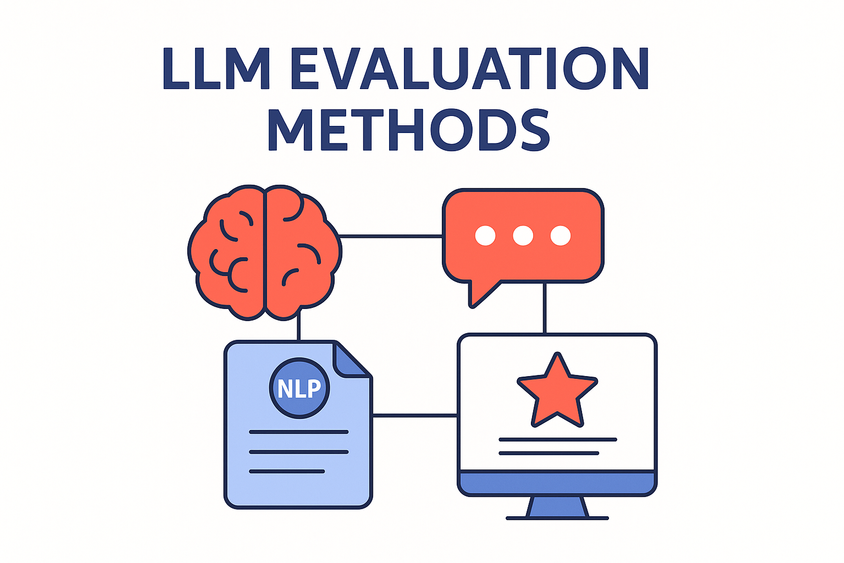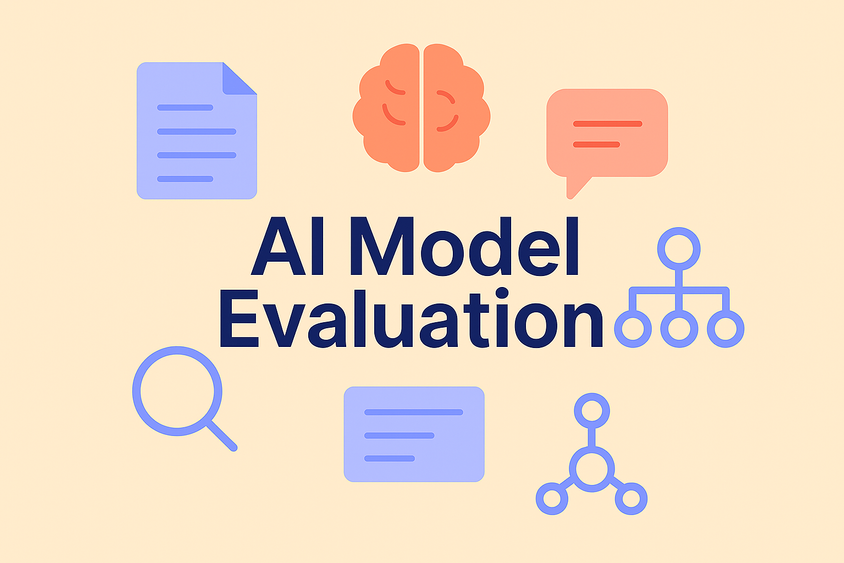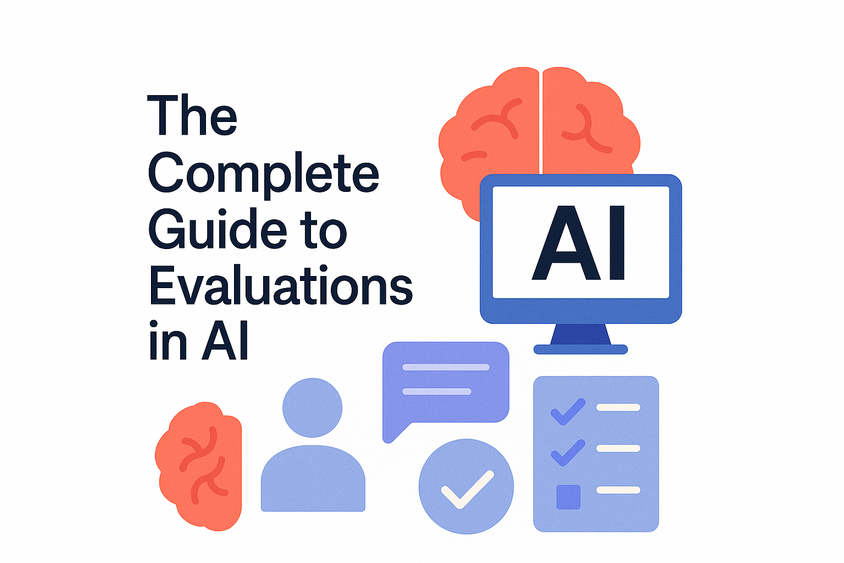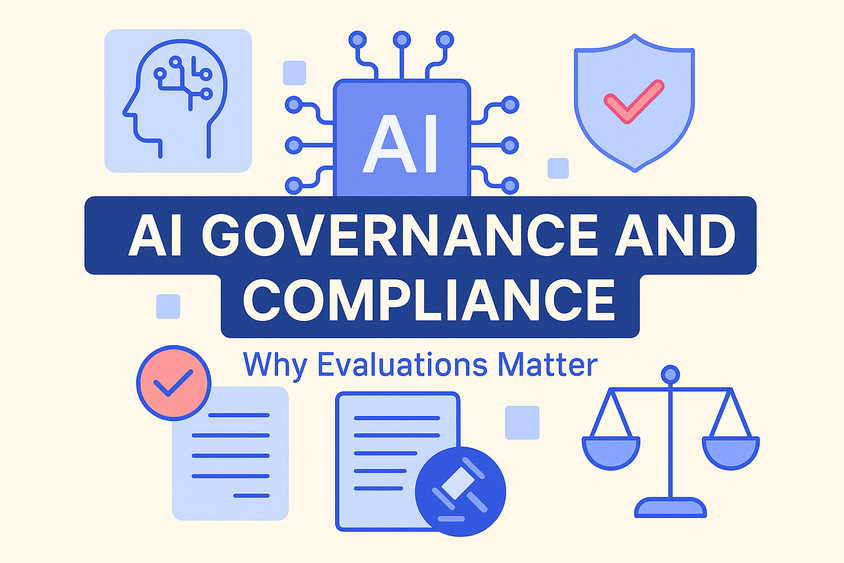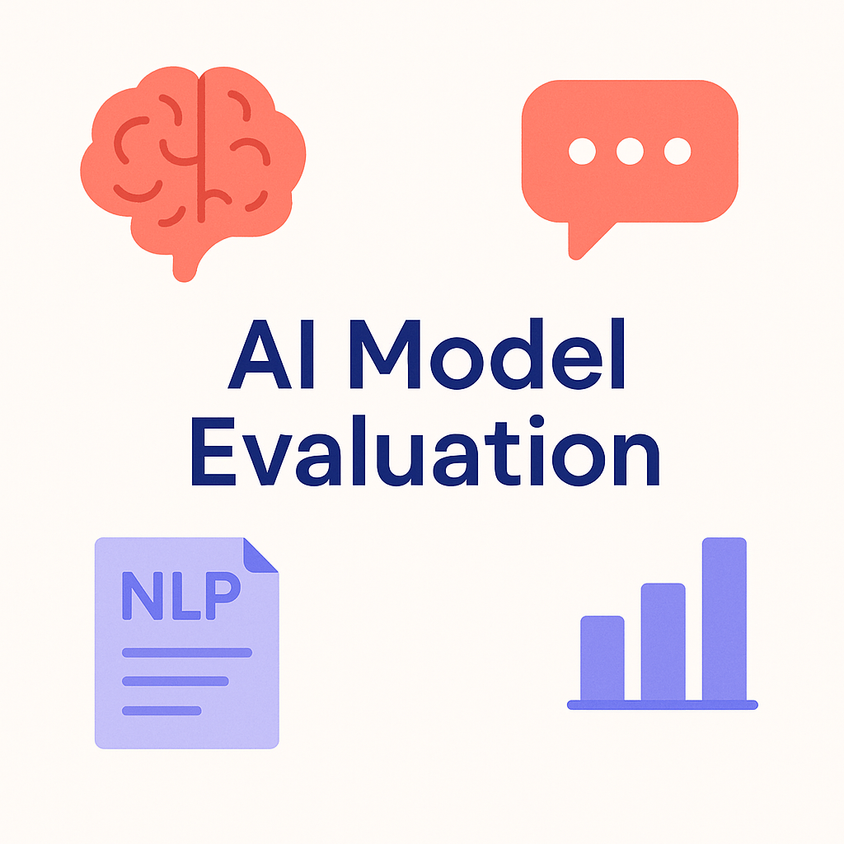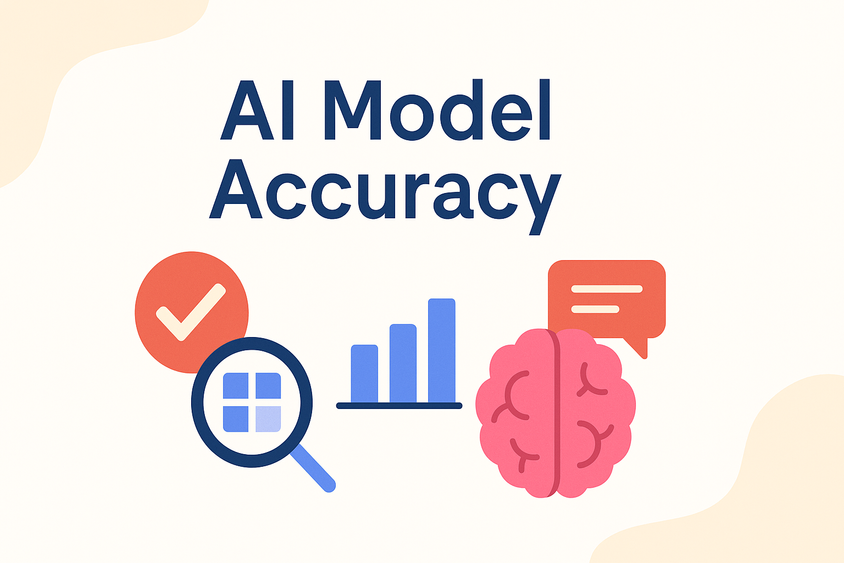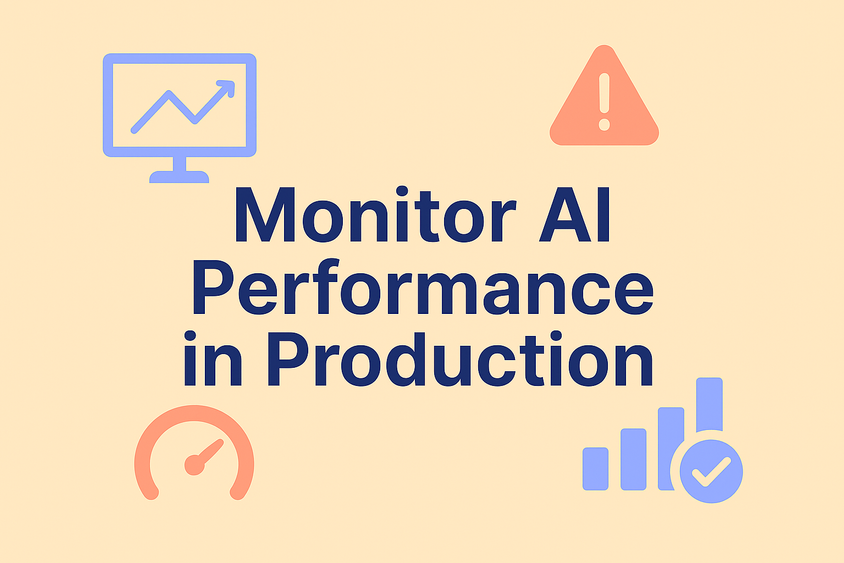A Guide to Evaluations in AI

Evaluating an AI model isn’t just a final checkbox before deployment—it’s the process that defines whether your system is useful, fair, and reliable. This guide breaks down the many layers of AI evaluations, from traditional metrics to cutting-edge hybrid strategies. Whether you’re building LLMs, computer vision pipelines, or data labeling platforms, understanding evaluation is non-negotiable.
What Is Model Evaluation in AI?
Model evaluation is the process of assessing how well an AI system performs on a specific task. It includes both quantitative measurements—such as accuracy or precision—and qualitative assessments, like human review. Evaluation informs how we interpret a model's predictions, how we compare different models, and whether we can trust those results in real-world applications.
Why Evaluation Matters
Evaluations are how we determine if a model is good enough to deploy, safe enough to use, or worth further investment. Without rigorous evaluation:
- We risk deploying models that work only in ideal test conditions.
- We may overlook bias or poor generalization.
- We can’t iterate effectively or explain outcomes to stakeholders.
Evaluation is also central to building trust in AI systems. If your stakeholders don’t understand how your model was tested or what the results mean, they won’t trust the output.
Types of Evaluations
Metric-Based Evaluation
Traditional metric-based evaluation remains foundational to model development. For structured prediction tasks, metrics like accuracy, precision, recall, F1 score, and ROC-AUC are standard. In text generation or summarization tasks, domain-specific metrics like BLEU or ROUGE provide automated scoring. These metrics are fast, consistent, and well understood—but they can fall short when evaluating nuanced or open-ended tasks.
Human-in-the-Loop Evaluation
For many real-world use cases, especially in natural language generation, classification of subjective content, or complex domain-specific applications, human judgment is still the gold standard. Human-in-the-loop evaluation involves domain experts or trained annotators reviewing model outputs to provide qualitative feedback or ground truth comparisons. It’s costly and time-consuming, but essential for maintaining quality where machine metrics fall short.
LLM-as-a-Judge
A newer, more scalable alternative is using large language models (LLMs) to evaluate other models' outputs. This method can reduce evaluation time and cost significantly, but it introduces its own set of risks. LLMs have known biases, and their judgments can be inconsistent or misleading. It’s critical to validate LLM-based evaluations against human benchmarks before using them at scale.
Agreement Metrics for Annotation Quality
Before evaluating model performance, you must ensure that the training and evaluation data is consistent and reliable. This is where inter-annotator agreement comes in. Metrics like Krippendorff’s alpha and Cohen’s kappa help assess the consistency of human-labeled data, accounting for chance agreement and incomplete annotations. They are especially useful in complex tasks with multiple raters and ambiguous label sets.
Hybrid Evaluation Strategies
In practice, many teams use a hybrid of the methods above. You might combine automated metrics with periodic human reviews, or use an ensemble of LLMs to generate a "jury" score. These strategies help balance cost, scale, and accuracy. They also allow teams to scale evaluations while preserving reliability.
Common Pitfalls in AI Evaluation
It’s easy to evaluate the wrong thing or to draw the wrong conclusions from your results. Common mistakes include:
- Using a metric that doesn’t align with the real-world goal of your system
- Relying on benchmarks that are too sanitized or outdated
- Overlooking annotator disagreement as noise, rather than a signal
- Trusting model-generated evaluations without cross-checking them
- Failing to revisit evaluation criteria post-deployment
Evaluation should evolve alongside your model. What was appropriate at prototype stage may no longer apply once your model is live.
Evaluation Tools and Platforms
Having the right tools can make or break your evaluation workflow. Label Studio, for example, allows for flexible human-in-the-loop reviews and structured evaluation workflows. Other tools like scikit-learn and Hugging Face Evaluate offer robust libraries for computing standard metrics. Many teams also build custom evaluation layers tailored to their application domain, especially in regulated or high-stakes environments.
Conclusion
Evaluation is not an afterthought, it’s a defining part of building AI systems that work in the real world. Whether you're relying on traditional metrics, tapping into human expertise, or experimenting with LLM-based reviewers, how you evaluate determines what you trust.
The most effective evaluation strategies are iterative, contextual, and grounded in the realities of your domain. They help you detect model failures early, surface data issues, and guide improvements that actually matter. As AI becomes more integrated into critical workflows, the demand for rigorous, transparent evaluation will only grow.
Make evaluation an active part of your model lifecycle, not just a final score at the end.
